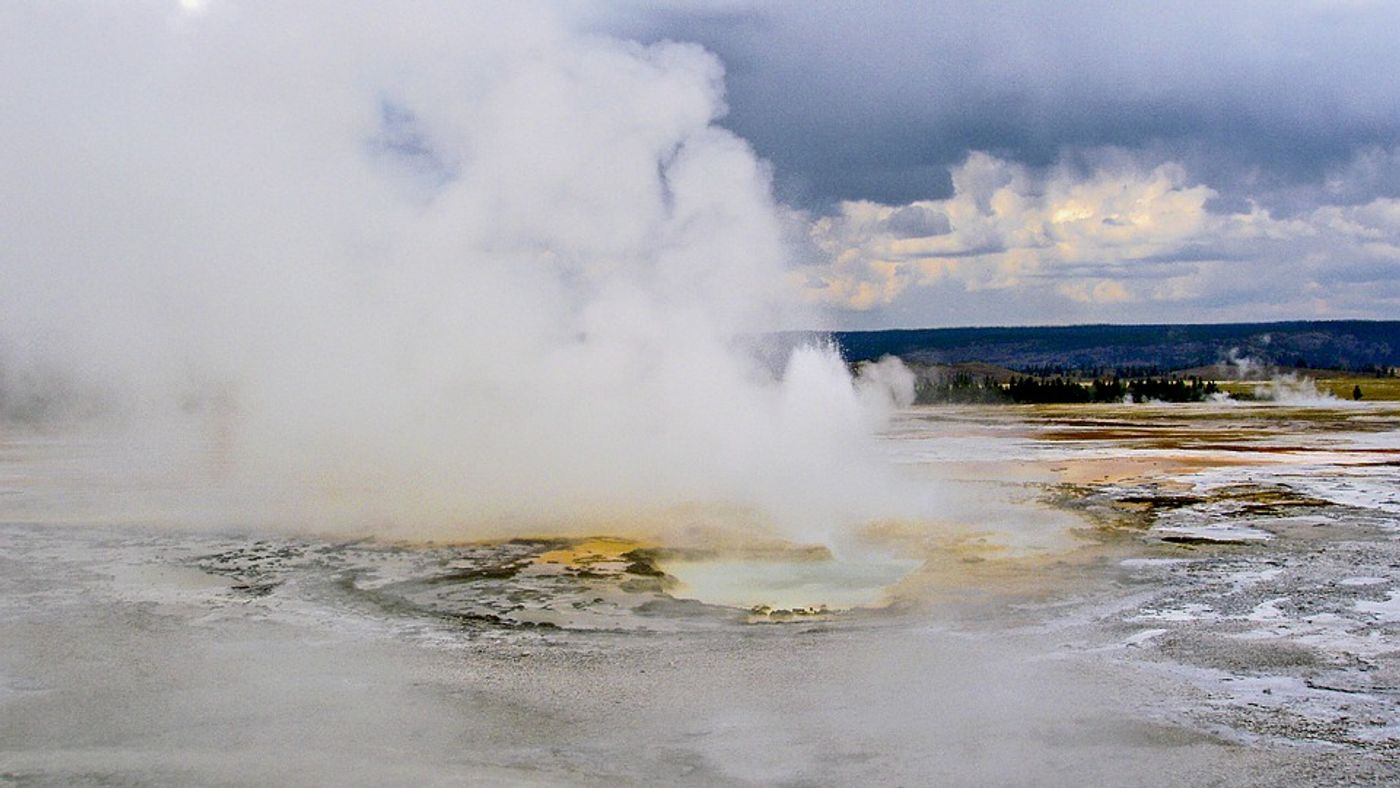Using chemistry to predict volcanic eruptions
Researchers from The National Center for Scientific Research at the Institut de Physique du Globe de Paris (CNRS/IPGP/IGN) are turning to chemistry to answer questions about volcanoes and our planet’s early beginnings. The resulting study was published recently in the journal Nature.
Led by a CNRS researcher, Jabrane Labidi, the team gathered gas samples from volcanoes around the world. The idea was to figure out where the nitrogen that makes up Earth’s atmosphere originally came from. Earth’s atmosphere is a unique combination in our solar system. While the atmospheres of Venus and Mars are made up principally of carbon dioxide, Earth’s is composed of 78% nitrogen, 21% oxygen.
We know that the oxygen initially came from our planet’s original organisms, but what about the nitrogen? This team of scientists hypothesized that the nitrogen came as a result of volcanic eruptions from deep within Earth’s mantle.
This hypothesis, however, was quickly debunked from their gas samples. The samples showed the researchers that the nitrogen found from magma that comes from Earth’s mantle is isotopically distinct from atmospheric nitrogen, meaning it could not account for the atmospheric composition of nitrogen.
So, while that question continues to be unanswered, the researchers didn’t come away from their study empty-handed, so to speak. From their sample measurements, there were able to identify how volcanic gases contributed to the atmosphere (from heated rainwater) and the Earth’s mantle (forming magmatic gas). For example, they observed that small amounts of magmatic gas in geysers in Yellowstone National Park, which indicates renewed activity. Observations such as this could be useful for predicting future volcanic activity, say the authors.
Sources: Nature, Science Daily









